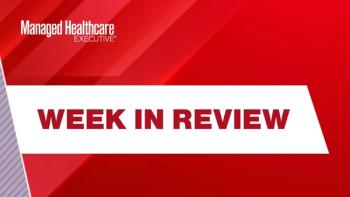
Insurers market alternatives to COBRA plans
Alternative short-term coverage costs less and lasts six to 12 months to fill in the gap between jobless and finding new employments.
The Senate has approved a $138 billion bill that would extend COBRA premium subsidies. Previous subsidies affected employees laid off from Sept. 1, 2008 through Feb. 28, 2010, and were recently extended to March 31. As written, the bill would extend the 65% federal COBRA subsidy through Dec. 31. It now heads to the House.
Without the subsidy, COBRA costs are more than unemployment benefits in some states, and would require the lion’s share of unemployment benefits in others. According to Families USA, a non-profit, non-partisan policy organization, the average unemployment benefit in the United States is $1,333 per month, while the average unsubsidized COBRA family coverage is $1,111 per month.
But there are alternatives to COBRA. While COBRA allows people to extend their former employers’ insurance plan for up to 18 months after employment was terminated, the former employee is responsible for the full premium. Alternative short-term coverage costs less and lasts six to 12 months to fill in the gap between jobless and finding new employment.
While the lower-costs plans don’t cover everything a COBRA plan would, more insurance providers are reaching out to the recently unemployed to provide them with options. One such provider is Cinergy Health, Sunrise, Fla., which has enlisted an ad agency.“With the help of this agency, we are able to identify the people we are reaching,” says Daniel Touizer, founder and CEO of Cinergy Health. “As customers call in, Cinergy Health addresses their individual needs and offers options.”While it may sound counterintuitive to focus sales efforts on the unemployed, Touzier says people are receptive to the right plan marketed in the right way.
“The reality is that with the current economic climate, household incomes are continuing to drop, and insurance prices are dramatically increasing,” he says. “Therefore, those looking to market insurance products must be sensitive to the present situation. Alternatives should be realistic and sensible, not just the same increased deductible plan that delivers a lower premium.
Newsletter
Get the latest industry news, event updates, and more from Managed healthcare Executive.

















































